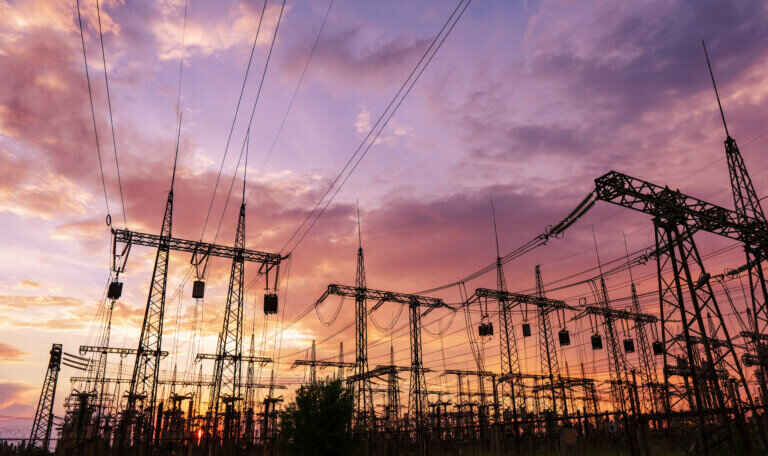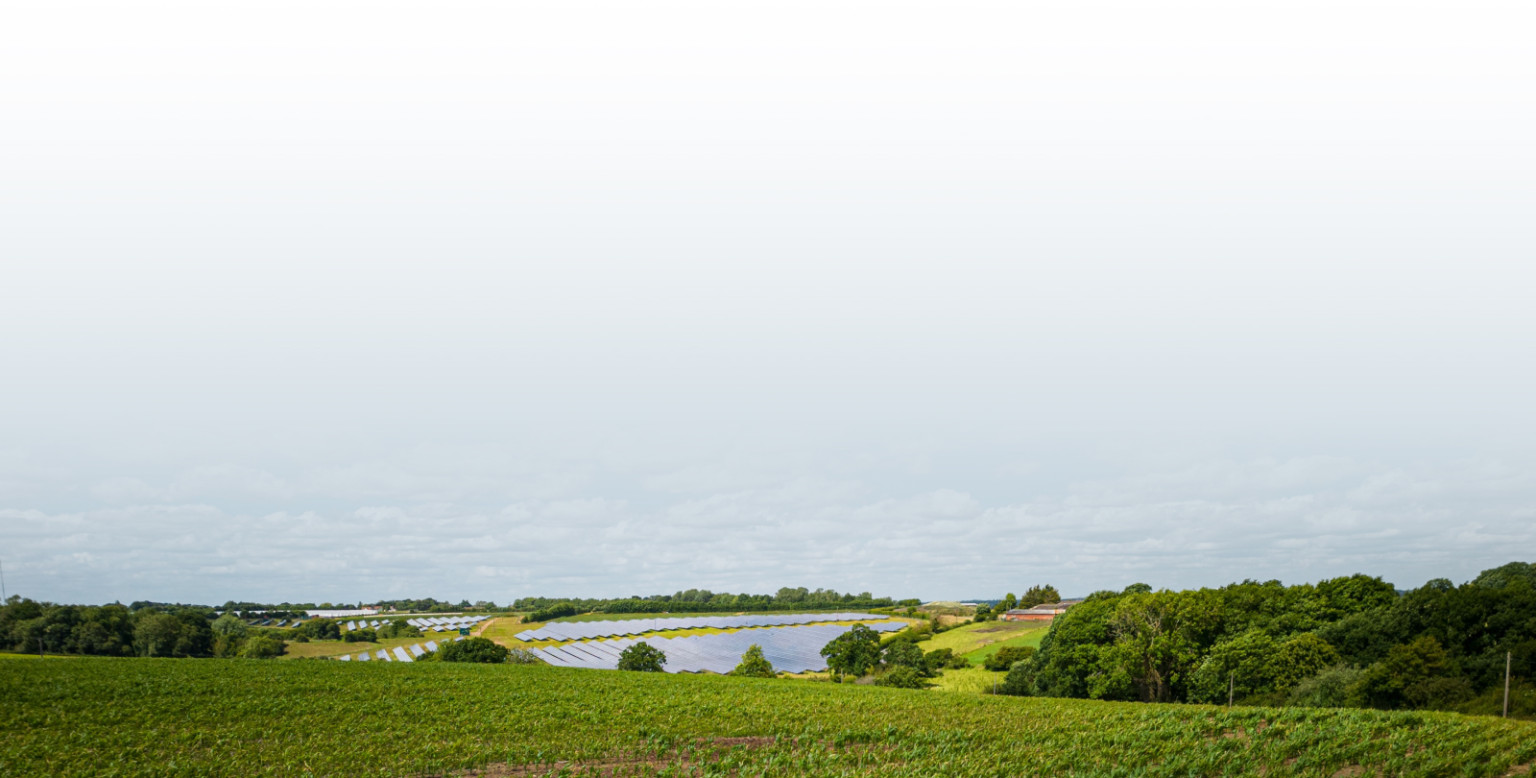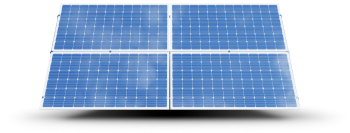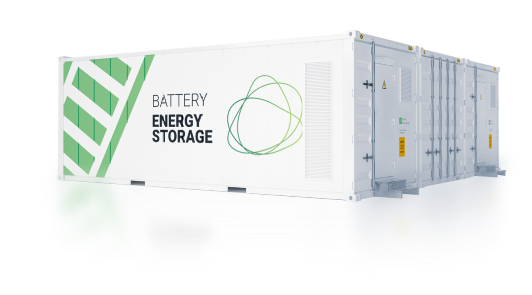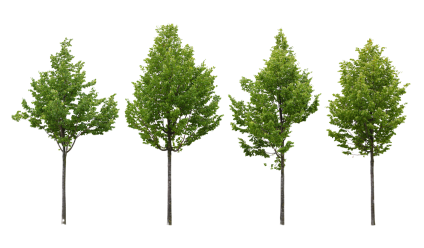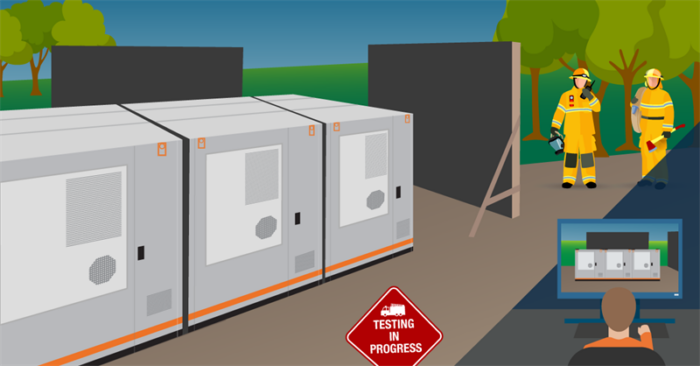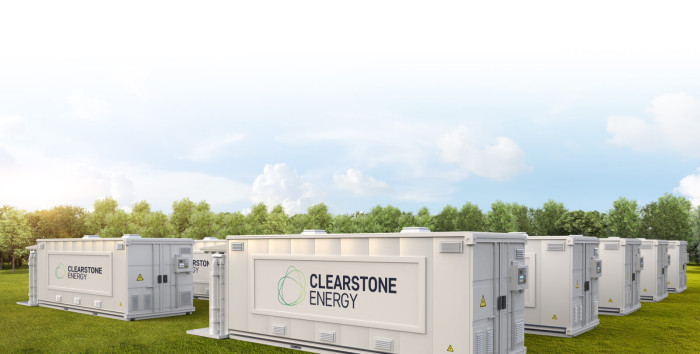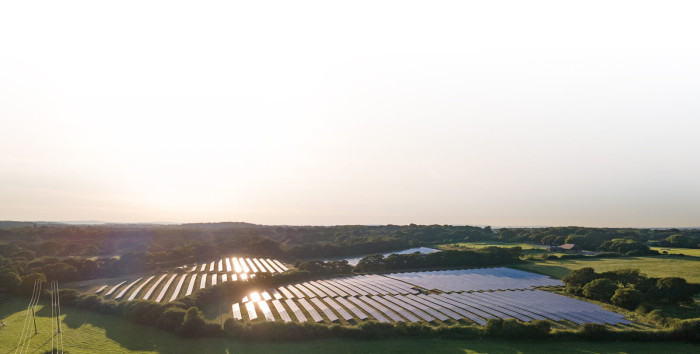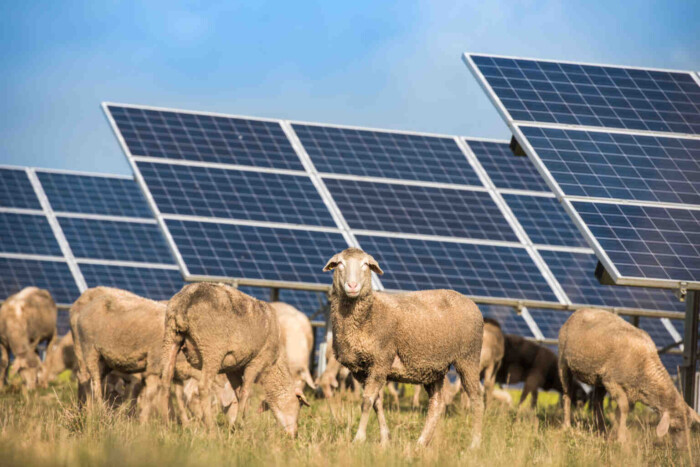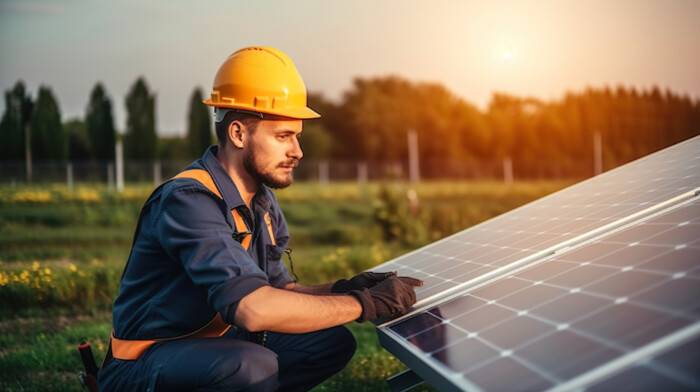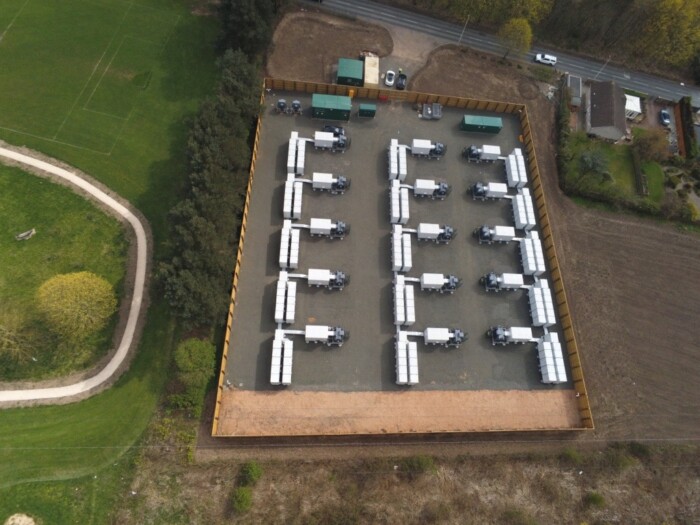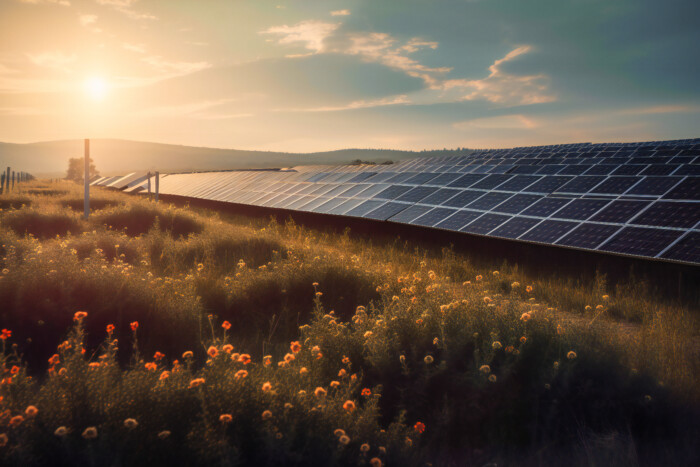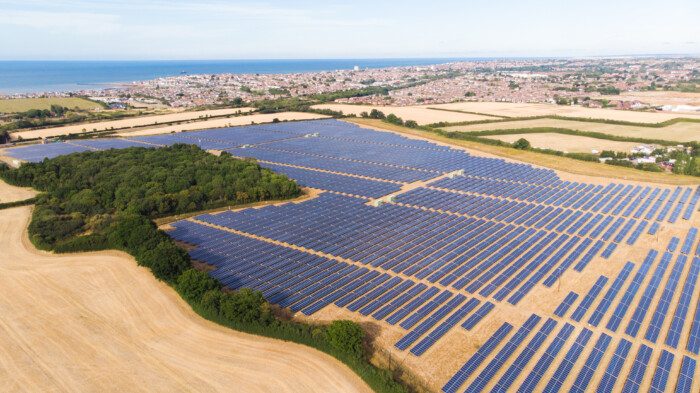There is limited grid capacity available to connect new energy projects, so starting a renewable project without a grid connection creates unnecessary risks and uncertainty. At best, the lack of available grid capacity increases the wait for a project to start generating rental revenues but, at worst, it can see a project go unbuilt despite the best efforts of landowner and developer.
Rather than outsource grid connection applications to a third party, Clearstone Energy has its own in-house team of grid connections experts.They work hand-in-hand with our development team to identify locations where new projects can have the biggest impact on the UK’s energy transition and secure grid connections. Our promise to landowners is that we will always have a confirmed grid connection before starting conversations about a potential renewable energy project. This approach de-risks the project for everyone.
GRID CONNECTIONS
Mitigating Risks and Maximizing Project Success
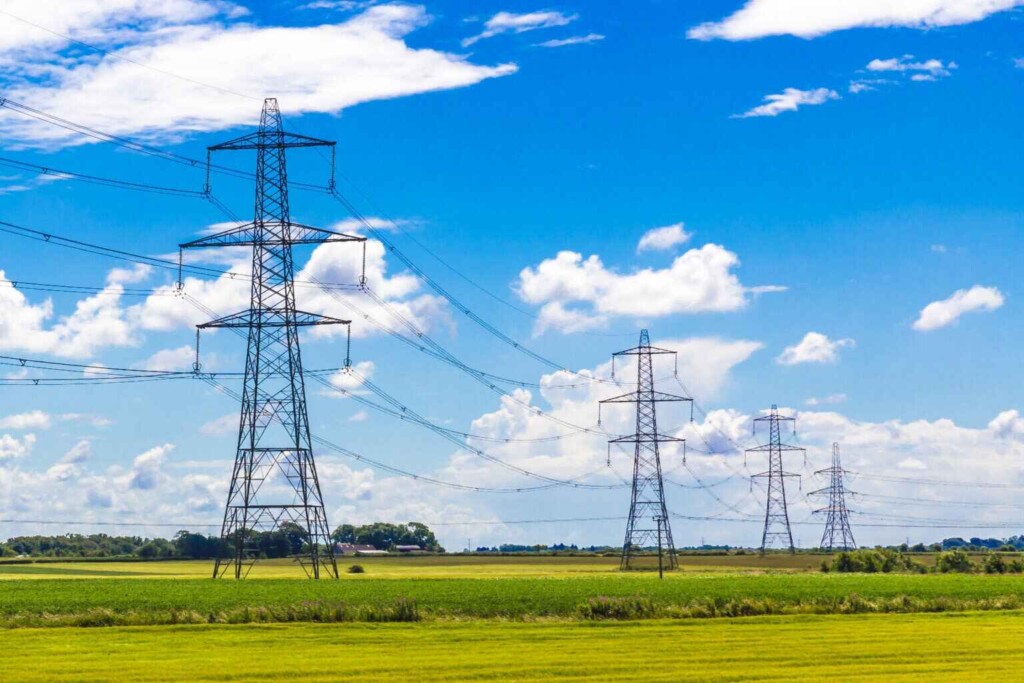
Why is a grid connection important?
The UK electricity network was built to distribute power from a small number of very large coal, gas and nuclear power stations. The transition to renewable energy requires the connection of a much larger number of smaller power sources – wind and solar farms.
The challenge is that most areas of the network are at capacity and new projects are reliant on network upgrade works taking place before they can connect. As the connection offer process works on a first come first served basis there is also usually a queue of projects waiting to connect at the nearest substation to the project. For most projects this is pushing back connection dates into the late 2030s.
What is a grid connection?
Just as you’d connect a newly built home or commercial building to the local electricity grid, every renewable energy project also needs a grid connection to be able to function as part of the UK energy system.
Connections are either directly to an existing electrical substation or into the overhead power lines that run between substations.
Applications are made directly to the National Grid or regional Distribution Network Operator. The network operator will evaluate the application based on available capacity, planned upgrade works and the queue of projects waiting to connect.
The connection offered needs to be at the right scale for the project and with a timely connection date for a renewable energy project to be economically viable.
Grid connections are usually one way – import or export – but can be specified to enable both the import and export of electricity. To make the most efficient use of land we always secure import and export connections, even for solar projects that will primarily export electricity. That way battery storage can be built into the design of the solar farm so the size of the project is not limited by the export connection capacity.
We can specify more panels and use more acres of land knowing that when the project is generating more electricity in summer months than our connection capacity allows it can be stored for release on to the grid overnight.
Maximising the potential of a grid connection
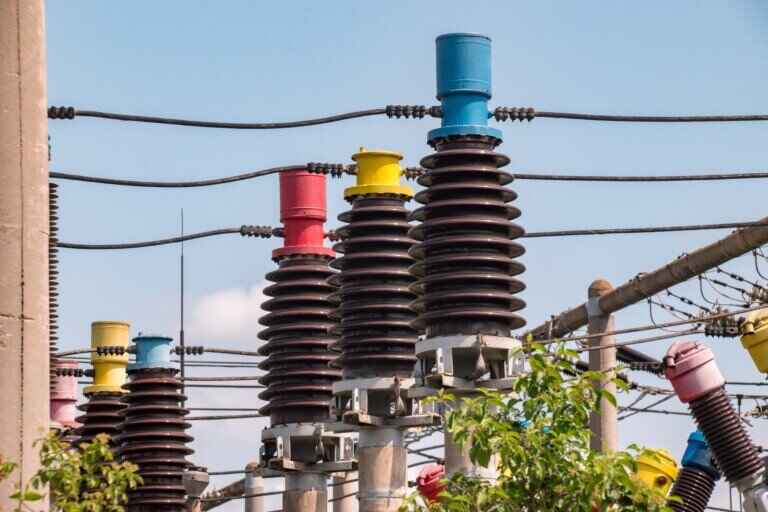
Transmission or distribution network connected?
Clearstone connects projects to both National Grid’s nationwide transmission network and regional distribution networks. Using roads as an analogy, the transmission network is motorway roads shifting large amounts of electricity at high voltages from power sources around the country.
Distribution networks are like local roads, taking electricity from the transmission network and delivering it to homes and businesses. There are limitations to the size of project that can be connected to the distribution network without upgrade works to the transmission network it is connected to. On the other hand the cost and complexity of connecting to the transmission network may not be economically viable for
Can you bring forward a grid connection date?
Possibly. Network operators are working hard to accelerate network upgrades and changing processes to enable certain projects to connect earlier than the date on their connection offer.
Our in-house grid connections team have excellent relationships with the network operators and are continually reviewing their connection processes for opportunities to accelerate our projects.
In our experience, the most important factor is being able to show project progress through site design and into the planning process.
The short answer is we usually don’t.
Our in-house grid connections team analyse the UK electricity network and apply for grid connections based on where projects are most needed to support the energy transition. Only once we have secured a grid connection do we approach local landowners about potential sites. That way we significantly reduce the risk of project delays or, worse, failure.
Where a landowner approaches Clearstone with a project site, our grid connections team will provide a quick assessment of the feasibility of securing a grid connection and take responsibility, including costs, for making the application to National Grid or the regional network operator, this usually takes 6 months.
How do we work with landowners to secure grid connections?
